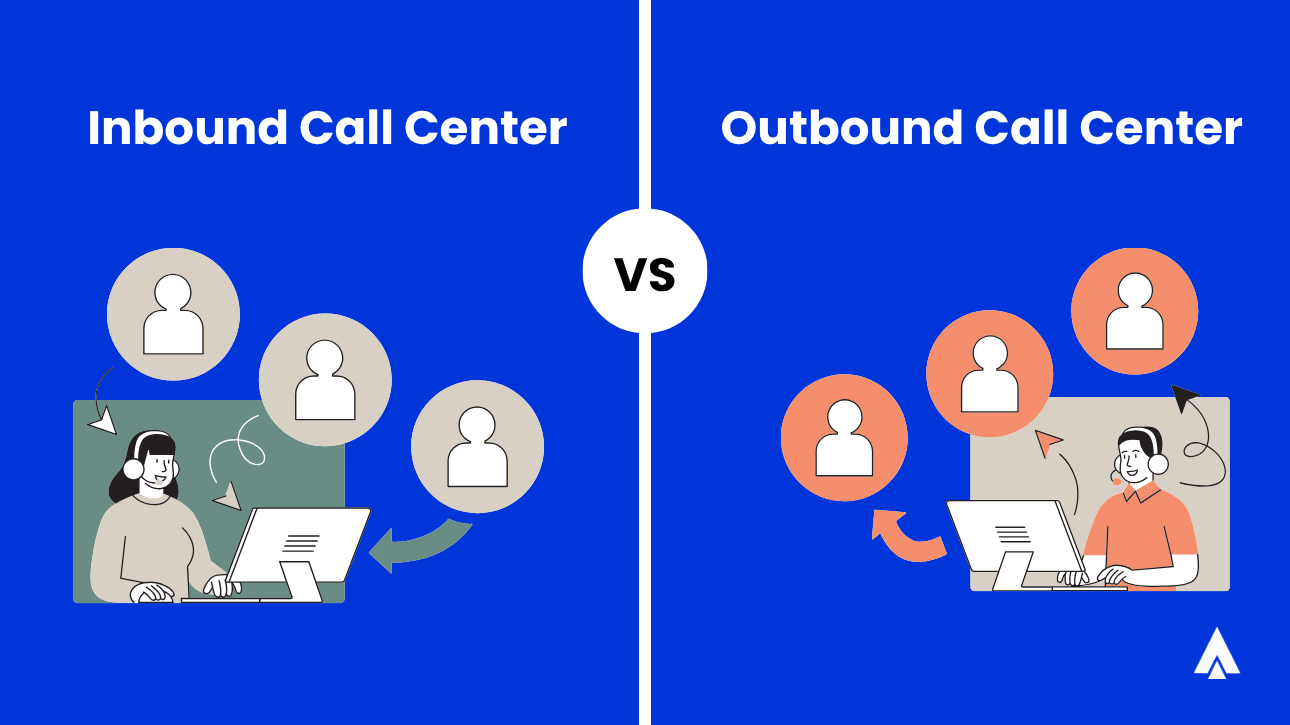The pandemic has pushed businesses into a tough fight for survival. In a scenario that includes challenges like maintaining minimum to zero contact, organisations have been finding it difficult to keep their business up and running.
Though several organisations have switched over to a remote working environment, there are a few sectors where businesses are underperforming. One such area is that of call centers.
Inbound call centers demand continuous monitoring and attention of agents. If this major customer touchpoint fails to function or even if there is a minor glitch in its operation, it might hit your business hard.
As inbound call centers facilitate seamless customer interactions, it is even more important to have them functioning during the ongoing pandemic.
Let us delve into how inbound call centers will thrive and emerge successful post this pandemic.
Why are inbound call centers important for your business?
This report says that businesses will lose more than £2.5 billion due to poor customer service in the year 2020.
Inbound contact centers allow your customers to reach out to you in case they experience any issues with your products or services. When you maintain a fully functional inbound call center with agents available round-the-clock, it showcases your brand as a professional, reliable, and responsible one. It helps build trust amongst your customer base and win prospects.
So how can inbound call center software help your call center tackle this pandemic? Read on to find out the answer.
1. Automatic Call Distribution
Maintaining an ideal number of agents was one of the biggest challenges during the pandemic. When your team has a limited number of agents, the automatic call distribution feature ensures that your customer calls are routed to the right agent appropriately in optimum time.
It eliminates unnecessary wait time for callers and directs them to the concerned agent based on the nature of the query, number of other calls waiting, and availability of agents.
Automatic call distribution also includes several other features like skills-based routing, call monitoring, and call metric acquisition to name a few.
2. Call Control and Recording Capabilities
When your call center works with a minimum number of agents, there are chances of an overload. There may also be scenarios when entry-level agents will be pushed to take up priority calls.
In these cases, it is best to offer your agents complete control of calls like mute, pause, forward, and end incoming calls. These features will enable your agents to seek help and manage customers efficiently.
Furthermore, call recording capabilities will enable managers to track and understand the issues that customers are experiencing with different products and services. Repeated complaints about a particular issue will help them identify any major bottlenecks and rectify them promptly.
Also, managers can use recordings to train new recruits and give them a live peek into how to handle customers at difficult times.
3. Interactive Voice Response (IVR)
Interactive Voice Response is an essential part of an inbound call center. These responses play an important role in directing the customers to the right department/agent based on their query. All customers need to do is input predefined numbers on their dialpad.
Again, Interactive Voice Responses can be extremely helpful during times of limited manpower. The feature is capable of solving simple customer issues without any human intervention.
For example, it can guide customers to your company website for more information on your products/services. The customer won’t need to connect to an agent for this information, thereby saving time for both the customer and the agent. During a crisis, this feature will pay off as agents will be free to attend to customers with other complicated concerns rather than helping customers with simple issues.
Furthermore, an IVR can help you to contact the customer even if the call gets disconnected unexpectedly. This will help improve your brand image and build trust amongst your customer base.
4. CRM Integration
An ideal inbound call center software should enable you to retrieve information relevant to handling queries in a fast and effective manner. Integrating with a CRM will help your agents keep track of important details such as their name, contact, status updates, previous transactions, and interaction history.
Being equipped with these details will allow your agents to understand the customer and empathetically resolve queries, thereby increasing the rate of the first call resolution and decreasing the average call handling time.
Additionally, maintaining a record of previous conversations will allow your agents to follow up with customers who may need additional information, payment or appointment reminders, etc. A CRM integration will ease this process, enhancing your agents’ productivity and efficiency, improving your brand’s image, and upping the customer experience and retention rate.
5. Call Monitoring and Tracking
Inbound call centers software comes equipped with a proper monitoring and tracking mechanism in place. This helps managers monitor every call that is received by agents and track various metrics. The process helps stakeholders have a complete hold on the call center processes.
Not only are managers able to identify and fix any weak spots, but they’re also able to assess agent performance and train those who may be underperforming. Along with that, it becomes easy to spot any specific trends and patterns during support conversations and support customers in a better fashion.
6. Reporting and Analytics
Compiling and understanding data may not be everyone’s cup of tea. Reporting and analytics help you derive actionable insights and valuable inputs from data obtained through various sources without any manual hard work.
It offers important information in a digestible manner on crucial aspects like call abandonment rate, average call handling rate, first call resolution rate, and wait time. Such a comprehensive overview will help you work on areas that need your attention, helping you improve your inbound call center operations.
Wrapping up…
Inbound call centers are the fuel to businesses. Even the slightest hindrance in their functioning may have a drastic impact on your business. Hopefully, the aforementioned points highlight the importance of an inbound call center software post this pandemic and explain its role in seamless customer support functions.
Is your business preparing for a post-pandemic kickstart? Connect with Acefone’s communications consultant at 1888-859-0450 or drop an email at [email protected] to know how this technology can help take your business forward with ease.














